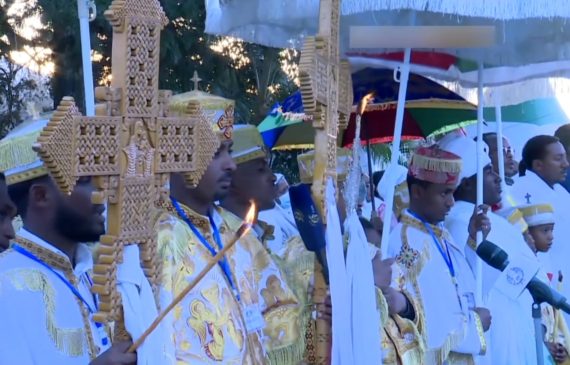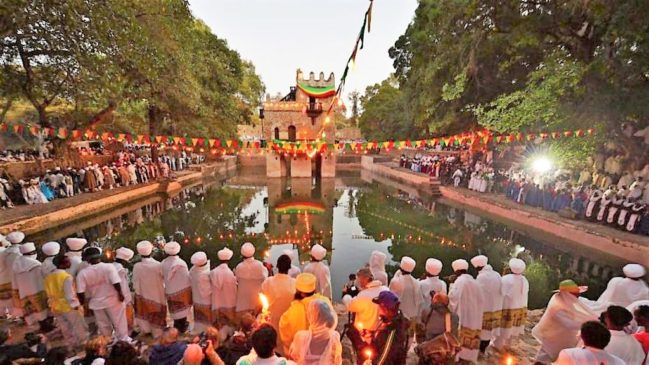Fine-tuning traditional instruments

Traditional music and musical instruments no longer hold an esteemed place in urban lifestyle of Ethiopia; in fact, many have lost respect for the skill and art of crafting such musical instruments. The death of negarit and embilta, traditional instruments which had a significant role in Ethiopian culture and history, showcases this disappearing art of crafting traditional musical instruments in urban areas, writes Hiwot Abebe.
Tasew Wendem learned to play the washint as a sheepherder growing up in Wollo and has been playing professionally for the past 7 years. Playing the washint is a favorite past time activity in rural Ethiopia, young boys learning how to make their own and practice classic Ethiopian tunes. Unlike the now defunct traditions of keeping certain professions in the family, the crafting of traditional musical instruments has endured. Although mobile phone penetration in rural areas may have made washint crafting pointless considering the availability of radio and cellphones with music storage spaces, most musicians playing these instruments learned the skill from their parents, especially in rural areas, with few taking the initiative to learn on their own.
Traditional Ethiopian music famously originating during St. Yared era, 3000 years ago, is played in four scales, namely Tizita, Bati, Ambasel and Anchihoye with the use of various instruments, the most popular of which are washint, masinko, kirar and kebero. The selection of these 4 instruments and the inclusion of a singer make up the modern cultural music band that is commonly seen today. According to Teferi Assefa, an instructor at the Addis Ababa University Yared School of Music and a percussionist with decades of experience, this first setup was used by the Ethiopian Orchestra, a band with members from various parts of the country, assembled by artist and cultural expert Tesfaye Lemma in the 1960s.
Historically, these instruments and many others have been used in religious proceedings, celebrations, weddings, funerals and other social events in various communities in Ethiopia. Music is a significant element of a community’s culture and way of life. It is the soundtrack that creates the pace of daily activities.
Read more at: The Reporter



